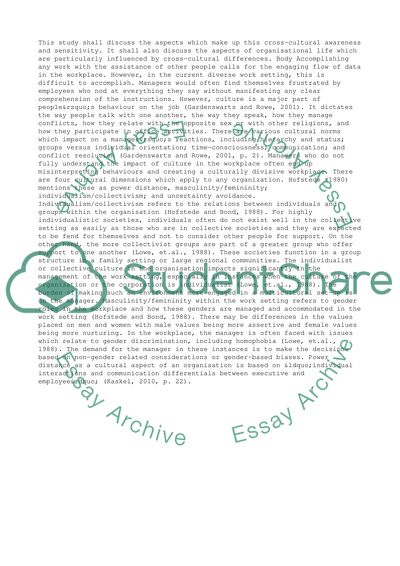Cite this document
(Cultural Differences and People Management Research Paper, n.d.)
Cultural Differences and People Management Research Paper. Retrieved from https://studentshare.org/management/1442029-cultural-differences-and-people-management
Cultural Differences and People Management Research Paper. Retrieved from https://studentshare.org/management/1442029-cultural-differences-and-people-management
(Cultural Differences and People Management Research Paper)
Cultural Differences and People Management Research Paper. https://studentshare.org/management/1442029-cultural-differences-and-people-management.
Cultural Differences and People Management Research Paper. https://studentshare.org/management/1442029-cultural-differences-and-people-management.
“Cultural Differences and People Management Research Paper”, n.d. https://studentshare.org/management/1442029-cultural-differences-and-people-management.


